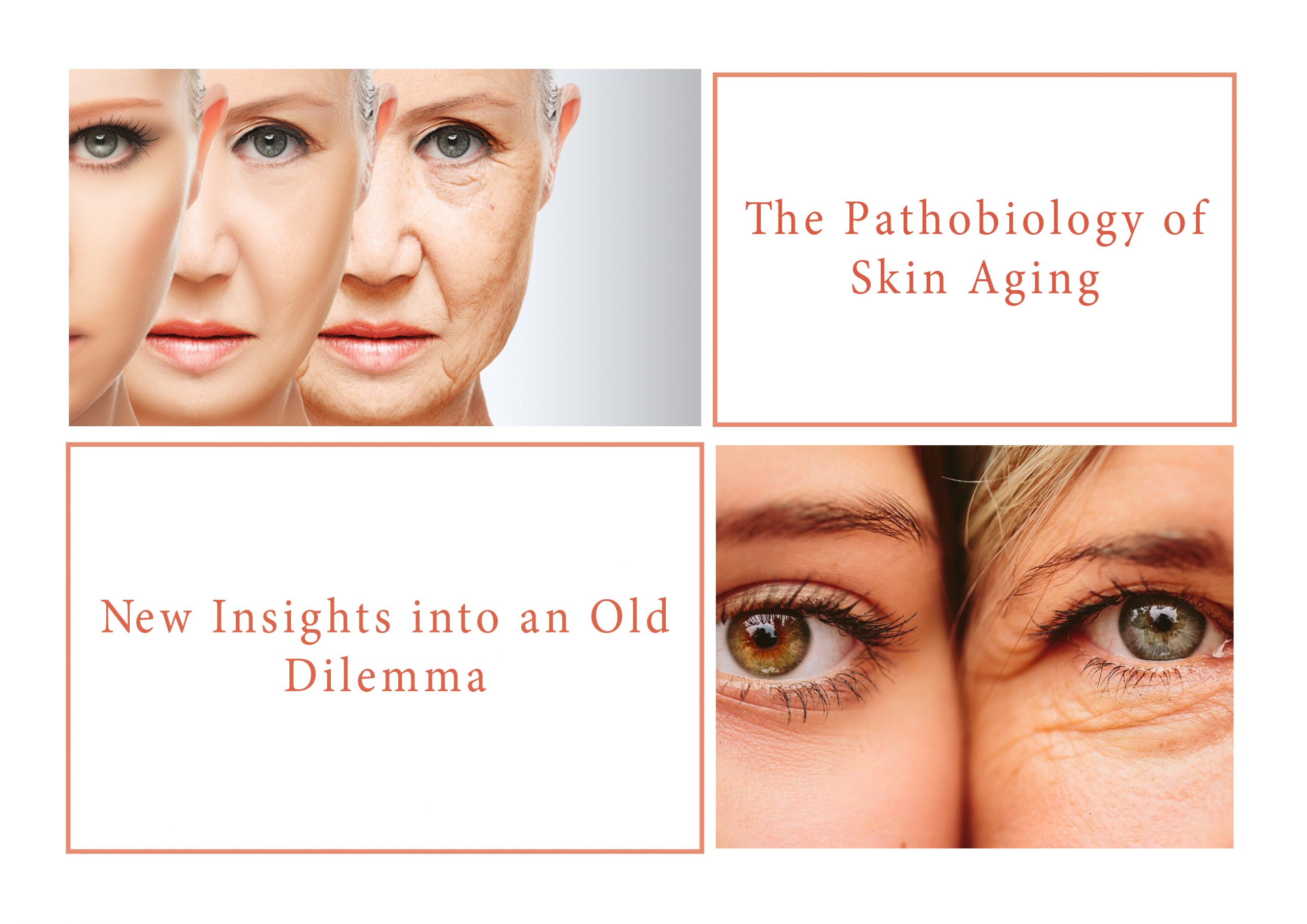One of the great topics that will be discussed during the 12th International Conference on Skin Ageing and Challenges 2021 is The Pathobiology of Skin Aging: New Insights into an Old Dilemma by Georges Murphy.

Long considered both physiologic and inevitable, skin aging is a degenerative phenomenon whereby both intrinsic and environmental factors conspire to produce an authentic disease. The consequences of this disorder are many and varied, ranging from atrophy and fragility to defective repair to deficient immunity and vulnerability to certain infections. The pathobiological basis for skin aging remains poorly understood. At a cellular level, stem cell dysfunction and attrition appear to be key events, and both genetic and epigenetic factors are involved in a complex interplay that over time results in deterioration of our main protective interface with the external environment. Past and current understanding of the cellular and molecular intricacies of skin aging provide a foundation for future approaches designed to thwart the aging phenotype.
This review has provided only a glimpse into the complex events that account for the disease of skin aging. Beyond UV light and infectious agents, there are numerous other factors that are likely to contribute to the aging skin phenotype. Krutmann and coworkers have recently emphasized the term skin exposome to describe the totality of potentially deleterious, age-inducing external factors to which skin is exposed during a lifetime. These factors include, in addition to UV radiation, environmental pollutants, stress, nutritional factors, tobacco, temperature-related factors, and even lack of sleep. Such factors, singly or in combination, may have the potential to conspire in a manner that affects the epigenome governing the transcriptional integrity of skin cell DNA, thus pathologically modifying cells, including physiologic stem cells, from the more pristine states that typified their youth. In this respect, it is important to remember that epigenomic alterations that reorganize chromatin and alter gene expression are known to contribute to cellular aging in organisms as basic as budding yeast.
Full article: https://doi.org/10.1016/j.ajpath.2020.03.007
Did you like the news ? Please share it with your circle.